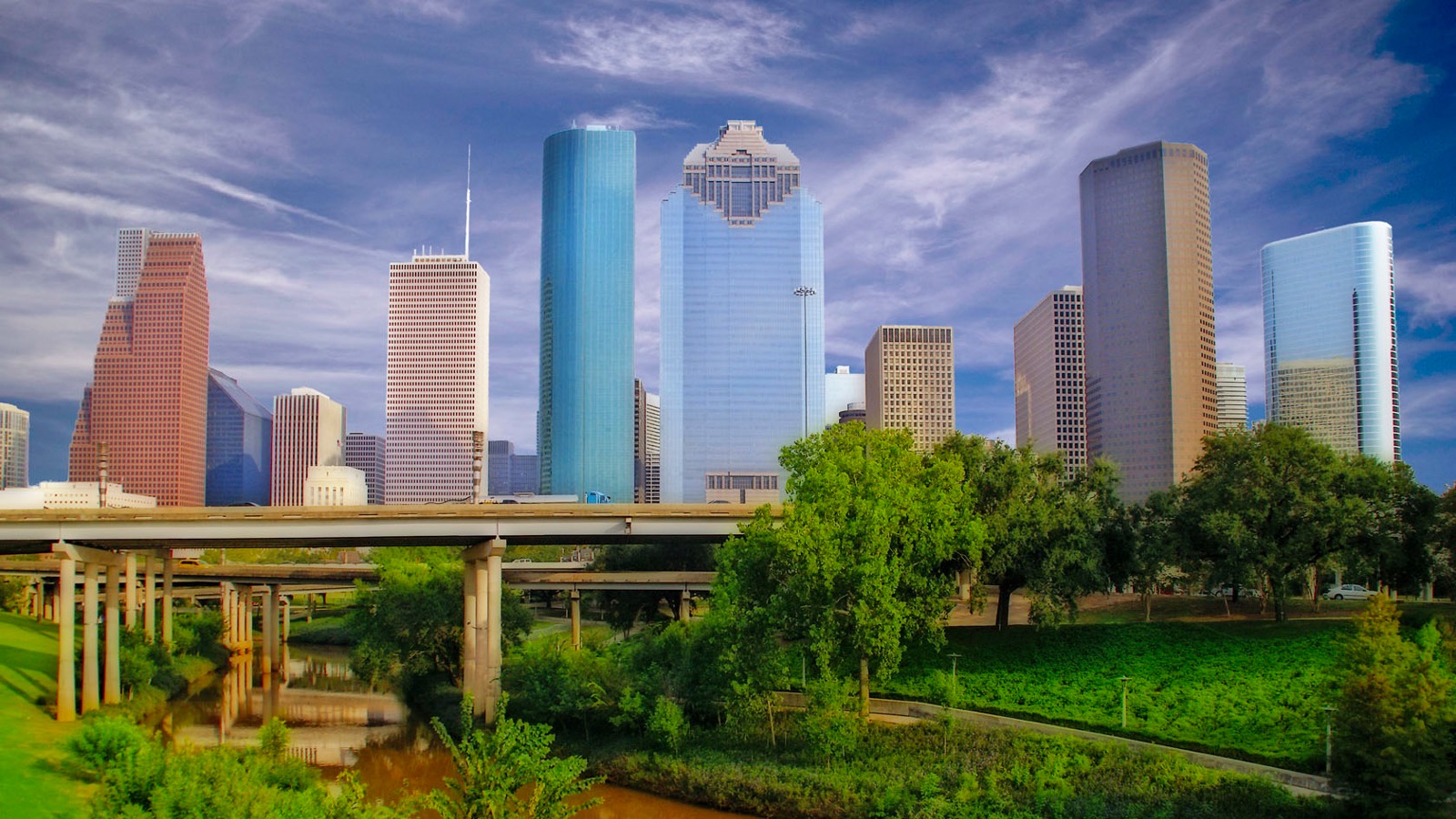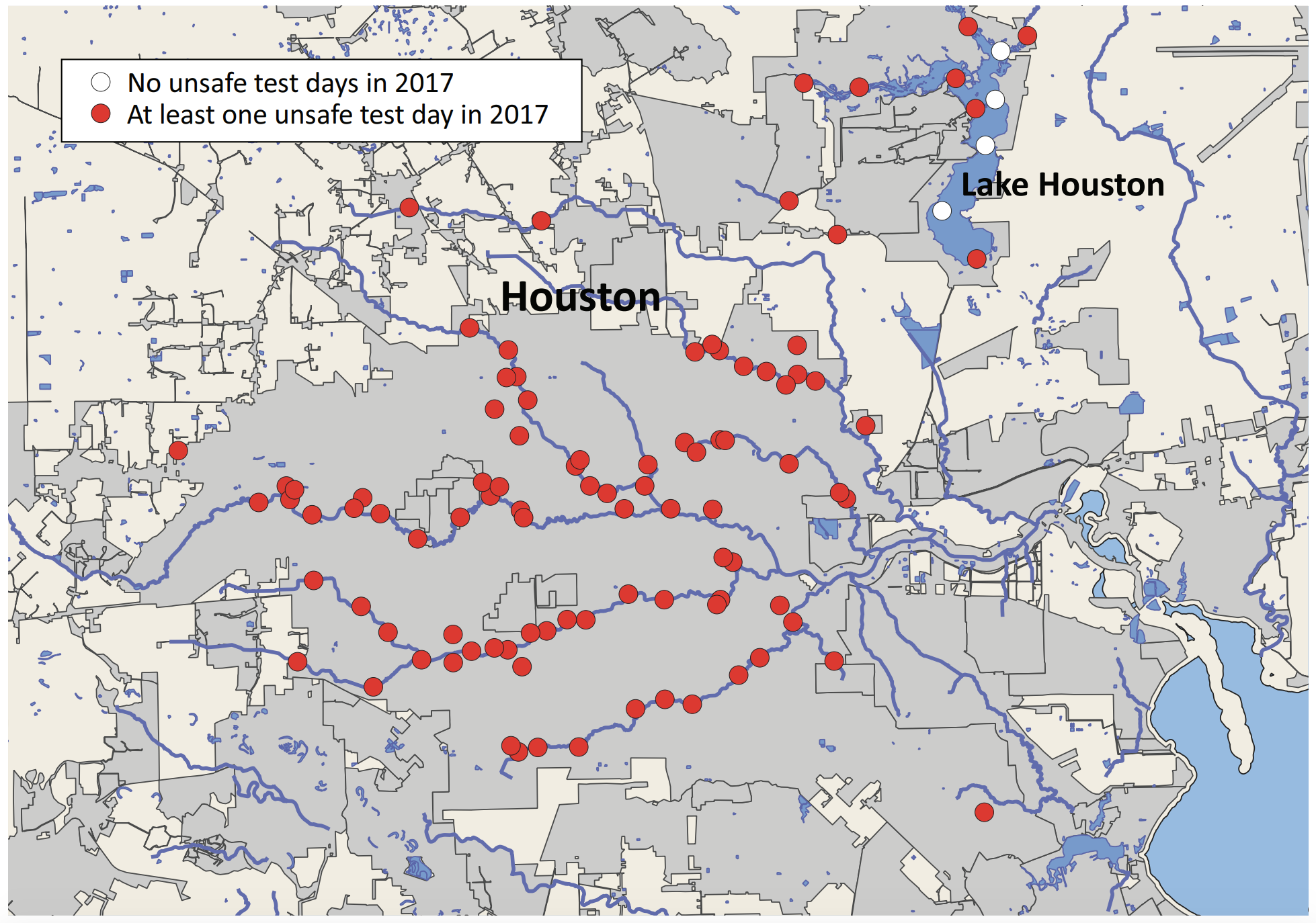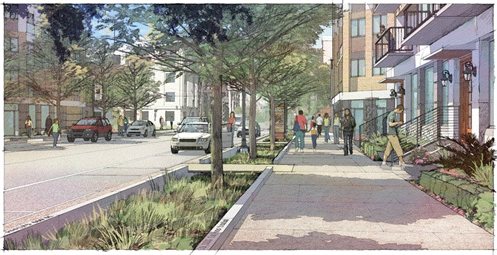Houston Invests in Nature-Based Infrastructure
Rain gardens, green roofs and other nature based infrastructure help mitigate flooding and reduce water pollution.

Sometime in Houston’s near future, you might be able to get a property tax credit for your rain garden; this week the city moved a step closer to investing in solutions to combat water pollution and flooding. The Houston City Council approved an amendment to the city budget today which supports incentives for nature-based infrastructure, features like rain gardens and green roofs, that help stormwater slow down and soak into the soil.
Council Member Abbie Kamin authored the amendment, which paves the way not only for a significant property tax incentive, but also a program to “monitor and report the increase in GSI implementation across the city and track the number of projects” using the incentive program.
This is an exciting proposal because nature-based infrastructure, from rain gardens to constructed wetlands, help to keep Texans safe by mitigating flooding and reducing water pollution. Our 2018 analysis of TCEQ water quality testing showed that 81% of beach locations in Galveston County and 96% of freshwater locations in Houston had unsafe levels of fecal bacterial pollution at least once last year. Urban stormwater runoff and sewage overflows, which have doubled in frequency during the pandemic, are responsible for a significant amount of this pollution. When stormwater flows over yards, parks, and natural areas, it picks up fecal waste from pets and wildlife, as well as other pollutants like toxic chemicals, and trash. This dirty water floods our sewer systems, which can add raw sewage to the mix dumped into our streets and bayous. This pollution makes us sick — low-income neighborhoods are particularly vulnerable. Nature-based infrastructure features, such as rain gardens, green roofs, permeable pavement, and rain cisterns, can capture and cleanse stormwater, protecting our communities.
,

Our recent study showed 96% of freshwater sites in Houston contained unsafe levels of bacteria at least once in 2017.
,
While many cities across the state have begun investing in nature-based solutions, Houston has lagged behind. The Bayou City earned a grade of only 50% on Environment Texas Research and Policy Center’s Stormwater Scorecard earlier this year, in large part because of a lack of private development incentives. The tax incentive could help the city catch up to Texas’s other major cities.
As our Clean Water Associate, I am excited that Texas is looking to the future. Whether it’s to fight flooding, ease drought, protect clean water, prevent erosion, or reduce urban heat, nature-based infrastructure represents the next step to protect our communities here in Texas.
,

An artist rendition of Houston’s Bagby Street, a “complete-street” featuring nature-based infrastructure.
,
The text of today’s amendment reads:
Before the fourth quarter of 2020, City Council shall vote to amend the Tax Abatement Guidelines in Chapter 44 to incorporate property tax incentives for green stormwater infrastructure (GSI) in private land development within the corporate boundaries of the City. Once implemented, the city will annually monitor and report the increase in GSI implementation across the city and track the number of projects that have taken advantage of the incentive program.

